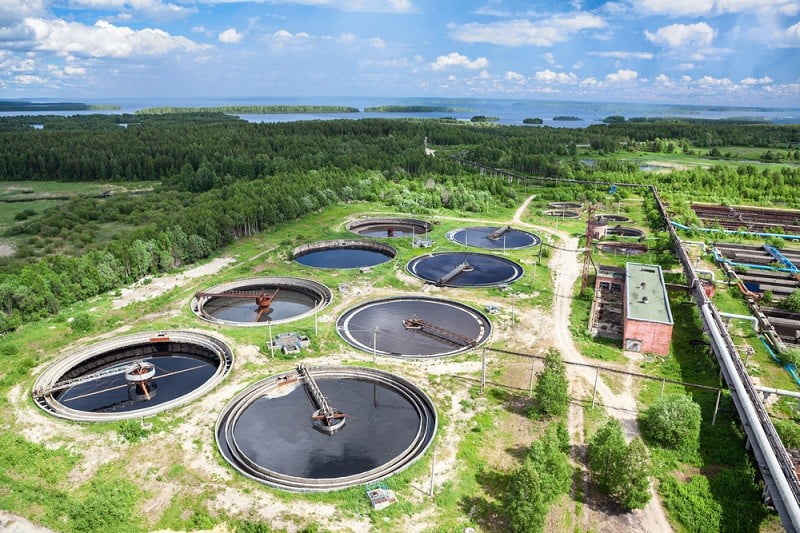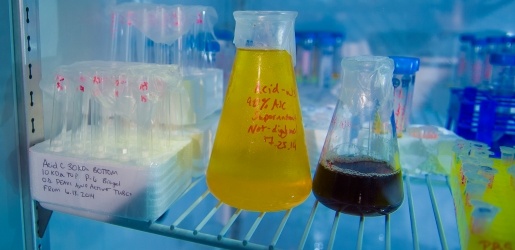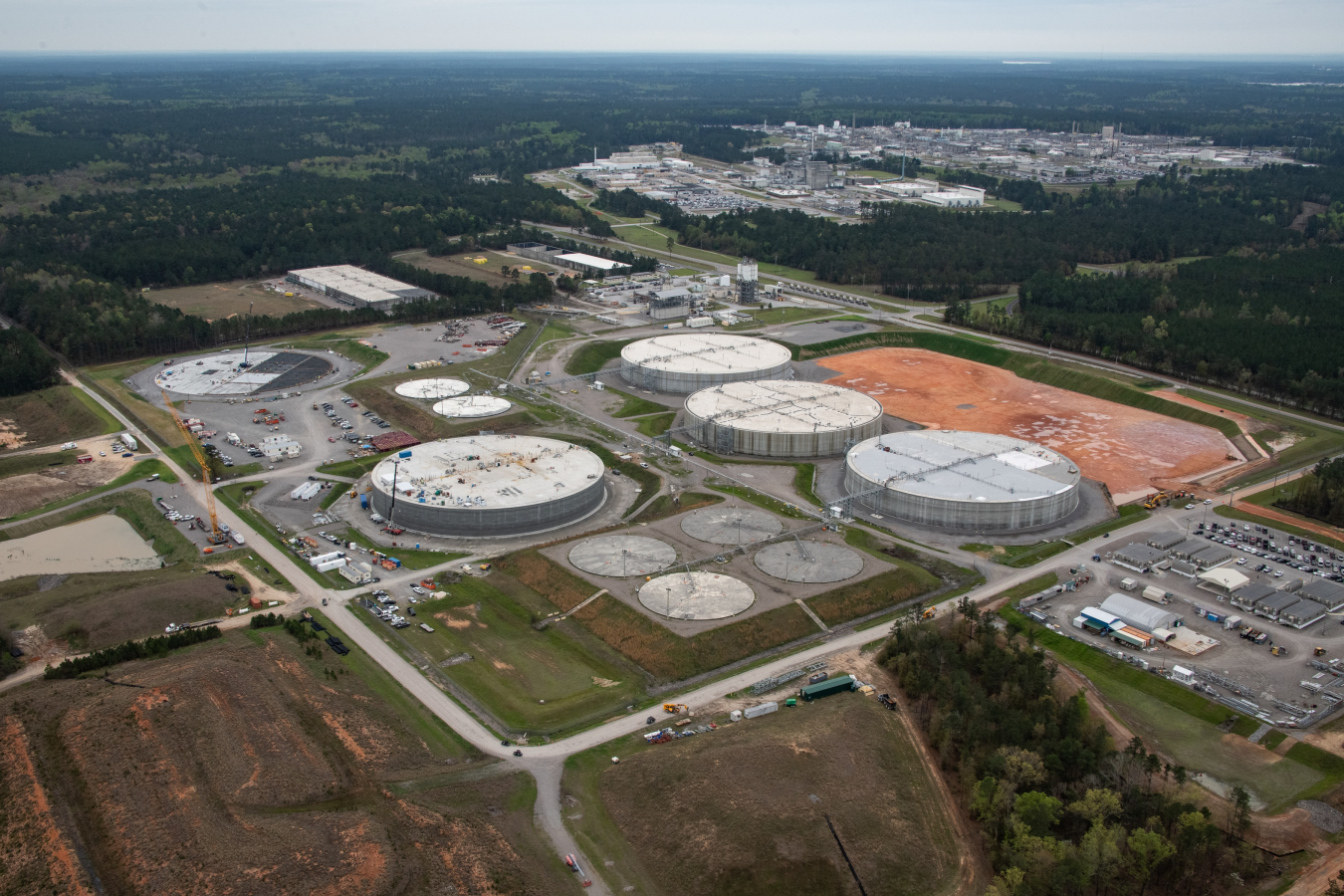Exactly How Liquid Garbage Disposal Functions: A Detailed Summary of Techniques and Technologies Used

Summary of Fluid Waste Types
The complexity of fluid waste kinds requires a thorough understanding of their features and ramifications for disposal. Fluid waste can broadly be categorized into several types, consisting of commercial, municipal, agricultural, and dangerous waste. Each group shows distinct residential or commercial properties, requiring certain administration methods to reduce environmental and health and wellness threats.
Industrial liquid waste stems from manufacturing processes and often includes a series of pollutants, such as heavy steels, solvents, and organic compounds. Municipal fluid waste, mostly making up wastewater from houses and business establishments, includes raw material, nutrients, and microorganisms (industrial wastewater treatment). Agricultural fluid waste, including overflow from ranches, may consist of plant foods, chemicals, and pet waste, presenting dangers to water top quality and ecosystems
Hazardous liquid waste is defined by its toxicity, reactivity, or prospective to cause harm. This classification includes compounds like acids, bases, and particular chemicals that necessitate strict handling and disposal protocols. Understanding these varied fluid waste kinds is essential for establishing reliable disposal techniques and ensuring compliance with environmental policies. Correct category and characterization are essential for executing appropriate therapy techniques and decreasing the unfavorable effects on public wellness and the atmosphere.
Physical Treatment Techniques

Testing is the preliminary step, where larger particles and particles are gotten rid of from the fluid waste making use of screens or grates. In sedimentation storage tanks, heavier fragments clear up at the base, developing a sludge layer, while the clarified fluid can be more treated.
Filtration is one more crucial method that entails passing the fluid through permeable materials, such as sand or membranes, to catch smaller particles. This action improves the quality of the fluid, making it appropriate for succeeding treatment procedures.

Chemical Treatment Strategies
Chemical treatment strategies are important for effectively handling liquid waste, especially in dealing with liquified and colloidal impurities that physical approaches might not sufficiently get rid of. These strategies utilize numerous chemical representatives to neutralize, precipitate, or change harmful materials into less damaging forms.
One usual technique is coagulation and flocculation, where chemicals such as alum or ferric chloride are added to promote the gathering of put on hold fragments. This procedure boosts sedimentation, enabling simpler elimination of the resulting sludge. Furthermore, oxidation processes, utilizing agents like chlorine or ozone, are employed to break down intricate natural substances and microorganisms, making the waste more secure for discharge or further therapy.
Neutralization is another vital technique, which changes the pH of acidic or alkaline waste streams to neutral levels, preventing potential damage to downstream systems and the atmosphere. In addition, progressed oxidation procedures (AOPs) make use of combinations of oxidants and ultraviolet light to break down consistent toxins, accomplishing a greater level of therapy efficiency.
Organic Therapy Procedures
Biological therapy processes play a vital function in the administration of fluid waste by using microbes to decompose raw material and minimize pollutant degrees. These processes can be broadly categorized right into anaerobic and cardio therapies, each utilizing details microbial communities to accomplish effective waste deterioration.
Cardio therapy includes making use of oxygen to promote the breakdown of natural products by bacteria. This procedure is industrial wastewater treatment solutions frequently executed in triggered sludge systems, where oygenation storage tanks give a favorable environment for microbial growth, causing the oxidation of natural contaminants. The resultant biomass can be divided from dealt with effluent with sedimentation.
On the other hand, anaerobic treatment takes place in the lack of oxygen, depending on various germs to damage down raw material. This technique is specifically useful for high-strength waste, as it generates biogas, a renewable resource source, while lowering sludge production. Technologies such as anaerobic digesters are frequently employed in commercial and local applications.
Both anaerobic and aerobic biological therapies not just reduce the environmental effect of fluid waste yet also assist in resource healing, making them crucial components of sustainable waste administration approaches. Their performance, efficiency, and versatility sustain their extensive implementation across various industries.
Arising Technologies in Disposal
Cutting-edge strategies to fluid waste disposal are swiftly advancing, driven by advancements in modern technology and a boosting emphasis on sustainability. Amongst these emerging technologies, membrane layer bioreactors (MBRs) have actually acquired grip for their ability to incorporate biological therapy with membrane layer filtering, resulting in top quality effluent that can be recycled in different applications. MBRs enable smaller footprints and much more efficient operations compared to traditional systems.
One more promising advancement is the usage of anaerobic digestion combined with nutrient healing innovations, which not only treats liquid waste but also generates biogas and recovers valuable nutrients like nitrogen and phosphorus. This double advantage enhances resource effectiveness and decreases environmental effect.
Furthermore, advanced oxidation processes (AOPs) are being embraced for the deterioration of complicated natural toxins. These methods use effective oxidants and stimulants to damage down contaminants at the molecular degree, using an extremely efficient option for challenging waste streams.
Furthermore, the combination of man-made intelligence and artificial intelligence in waste management systems is maximizing functional efficiency and predictive upkeep, causing decreased costs and boosted environmental compliance. These modern technologies reflect a considerable shift in the direction of even more sustainable and effective fluid waste disposal techniques.
Conclusion
In final thought, reliable fluid waste disposal necessitates an extensive understanding of different methods and modern technologies. By continually progressing these methods, it ends up being possible to address the growing challenges associated with fluid waste, ultimately contributing to environmental protection and resource recuperation.
Fluid waste disposal is an essential aspect of environmental management, requiring an extensive understanding of various techniques and modern technologies customized to different waste types. Liquid waste can generally be categorized right into several kinds, consisting of industrial, municipal, agricultural, and dangerous waste. Agricultural liquid waste, consisting of drainage from ranches, may have fertilizers, chemicals, and animal waste, posing dangers to water quality and ecological communities.
Various physical treatment approaches play an important duty in managing fluid waste effectively - industrial wastewater treatment.In final thought, efficient fluid waste disposal necessitates a detailed understanding of numerous strategies and innovations